AO Edited
Bosco Fontana
Once the hunting reserve of a noble family, this is one of the few remnants of Pleistocene planitial forest in northern Italy that still stands.
The movement of glaciers during the last ice age created an expansive flat landscape in northern Italy called Pianura Padana. The whole country was covered by forests until the expansion of Romans that started to cut trees and to build long roads and bigger city. Since that period, the Pianura Padana almost underwent complete deforestation.
Nowdays Pianura Padana is the most important agricultural region in Italy and home to some of the country’s biggest cities, such as Turin, Venice, Verona, and Milan. Only a small portion of the original forest still stands. One of the remnants is Bosco Fontana, which was kept intact because of the Gonzaga Family.
The Gonzagas were the lords of Mantua for about 400 years, from the 14th to the 18th centuries. They created this hunting reserve in the 13th century and kept it largely untouched except for a hunting residence and a small farm built in the 16th century. Bosco Fontana means “fountain wood,” and was named for the stream of water close to the residence that fed into a quatrefoiled fountain.
Today, Bosco Fontana is a nature reserve that covers 233 hectares and is still only partially accessible. Almost half of the reserve is closed to the public, while the rest can be explored along predetermined paths and a few open fields. It is forbidden to enter inside the forest as much as it is not usual for the rangers to go in the inside part (it is possible only for main damages or peculiar reforestation projects). The trees and branches that fall down are left in place.
Bosco Fontana offers shelter to many animals such as least weasels, beech martens, skunks, and boars. It is an important as nesting place for many birds such as the black kite. The reserve is surrounded by two ditches to prevent other animals from intruding on the territory of the big mammals inside the forest.
Know Before You Go
The reserve is open daily, free entrance from 9:00 to 19:00 from march to october, from 9:00 to 17:00 in other monthes.
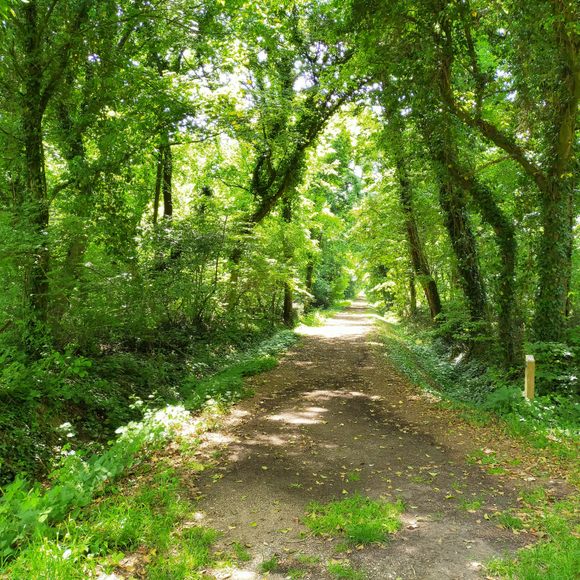

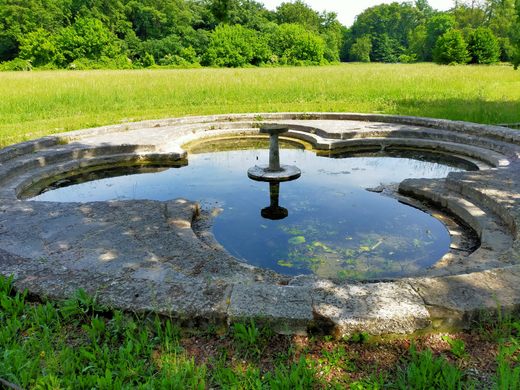
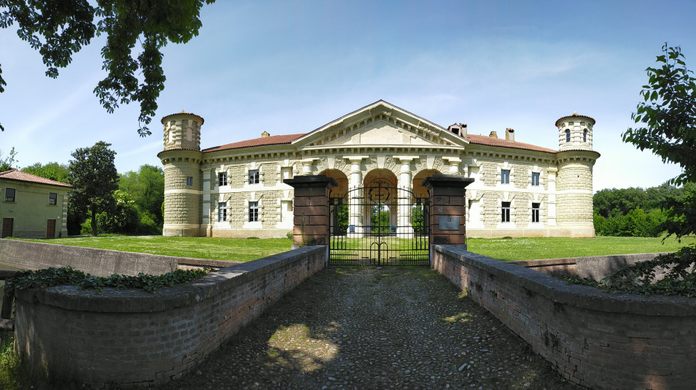
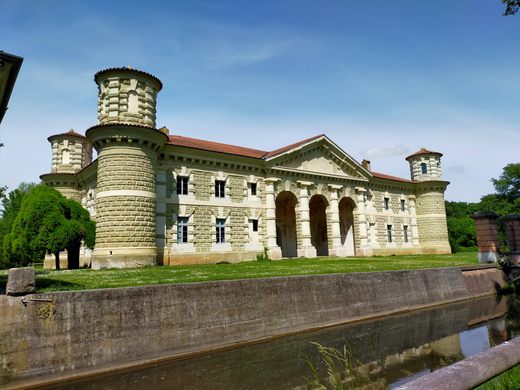

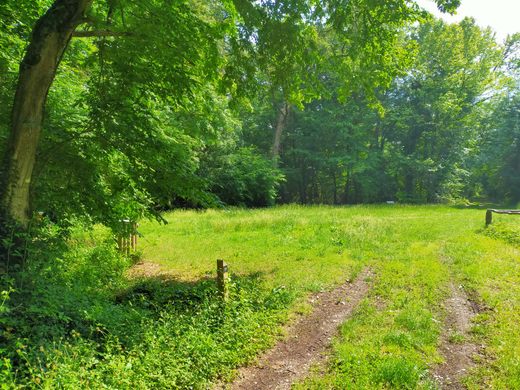
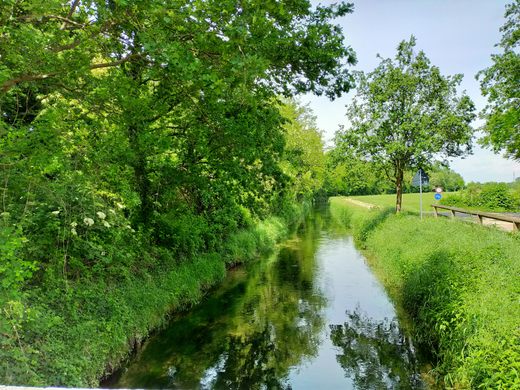
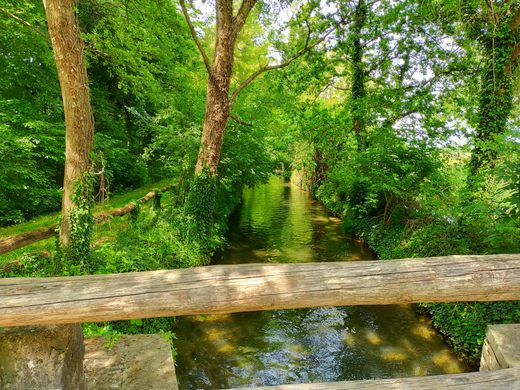
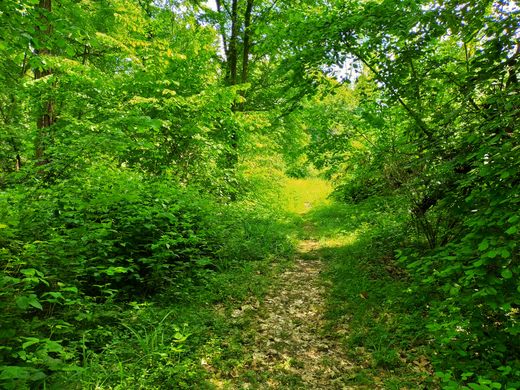
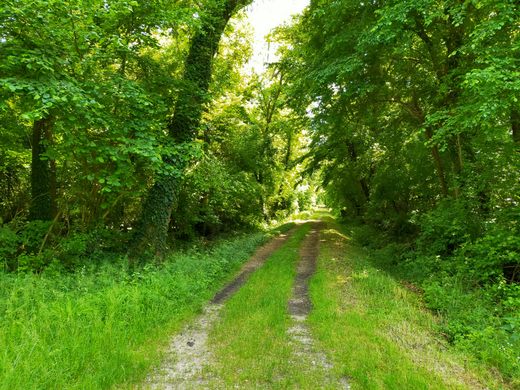


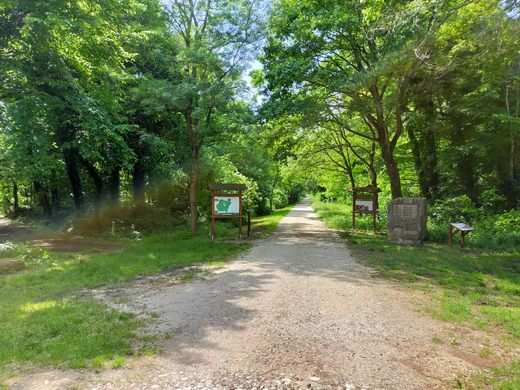


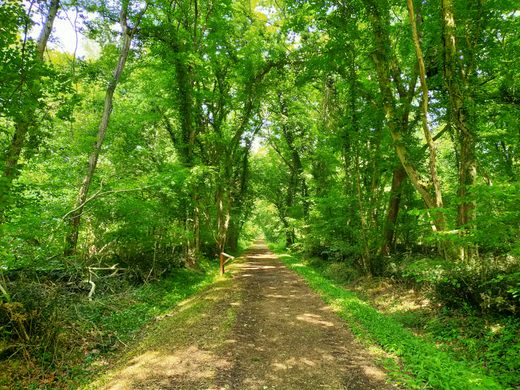





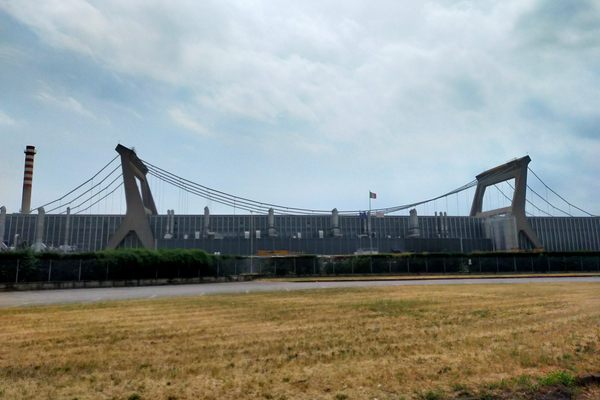
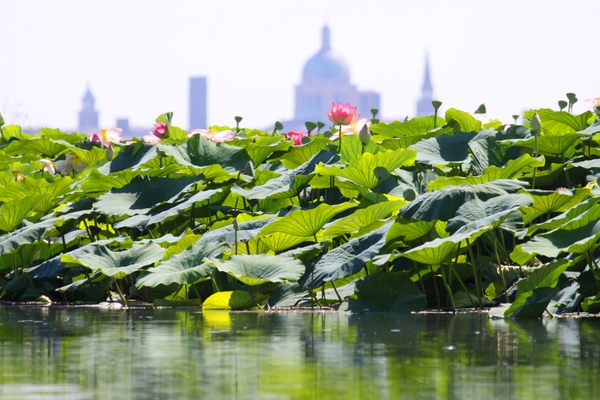
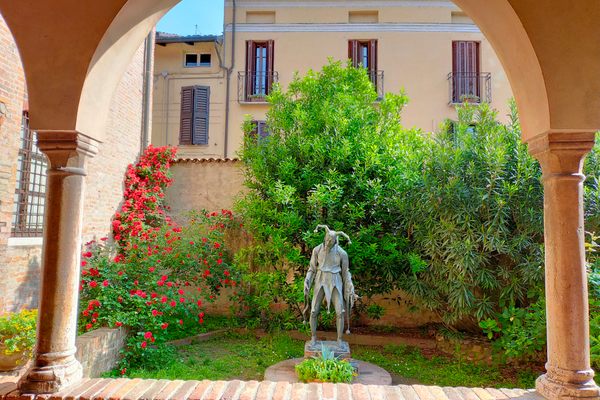

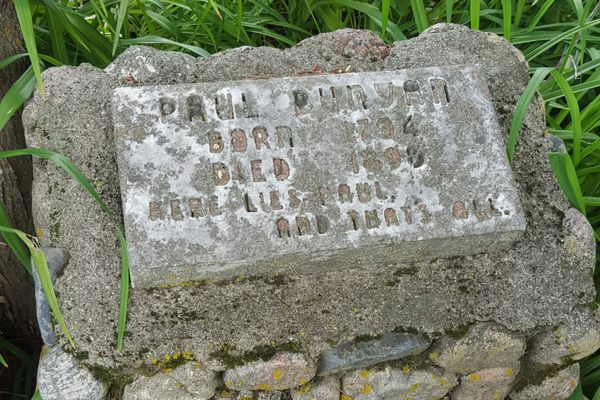
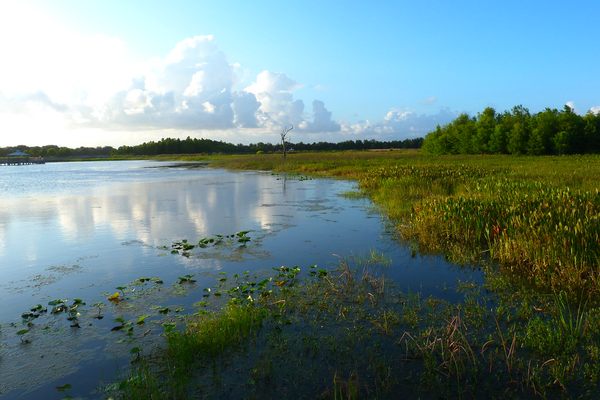
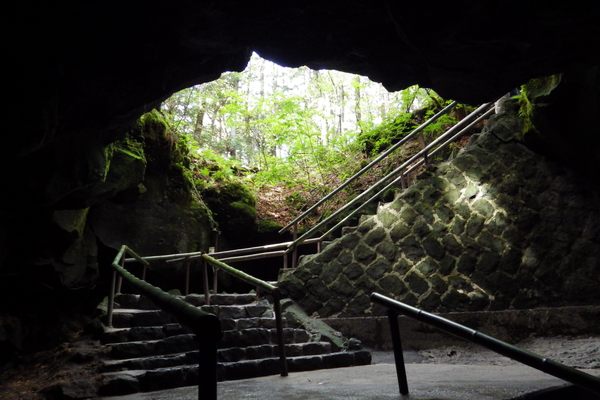

Follow us on Twitter to get the latest on the world's hidden wonders.
Like us on Facebook to get the latest on the world's hidden wonders.
Follow us on Twitter Like us on Facebook